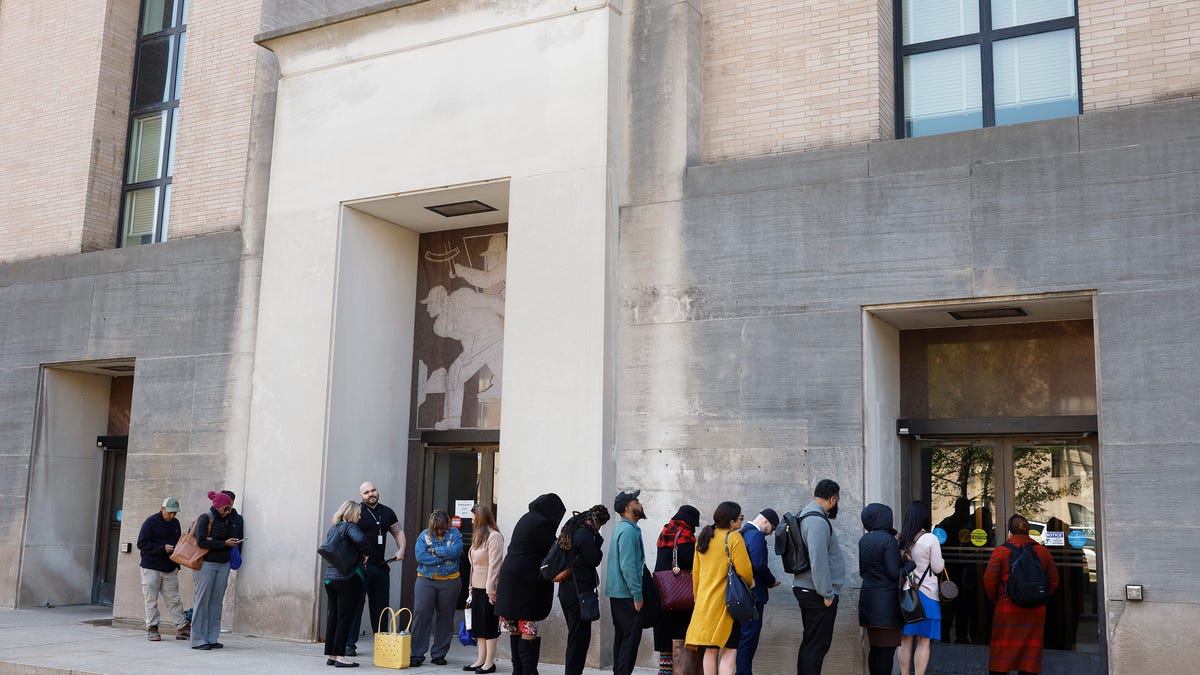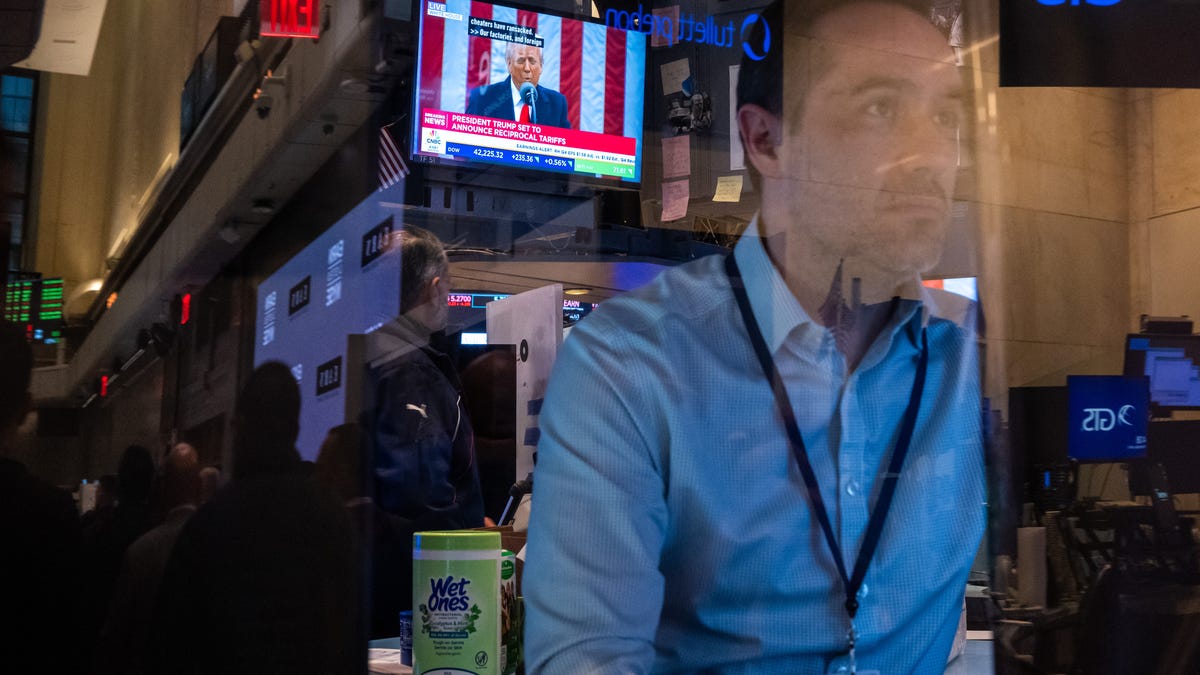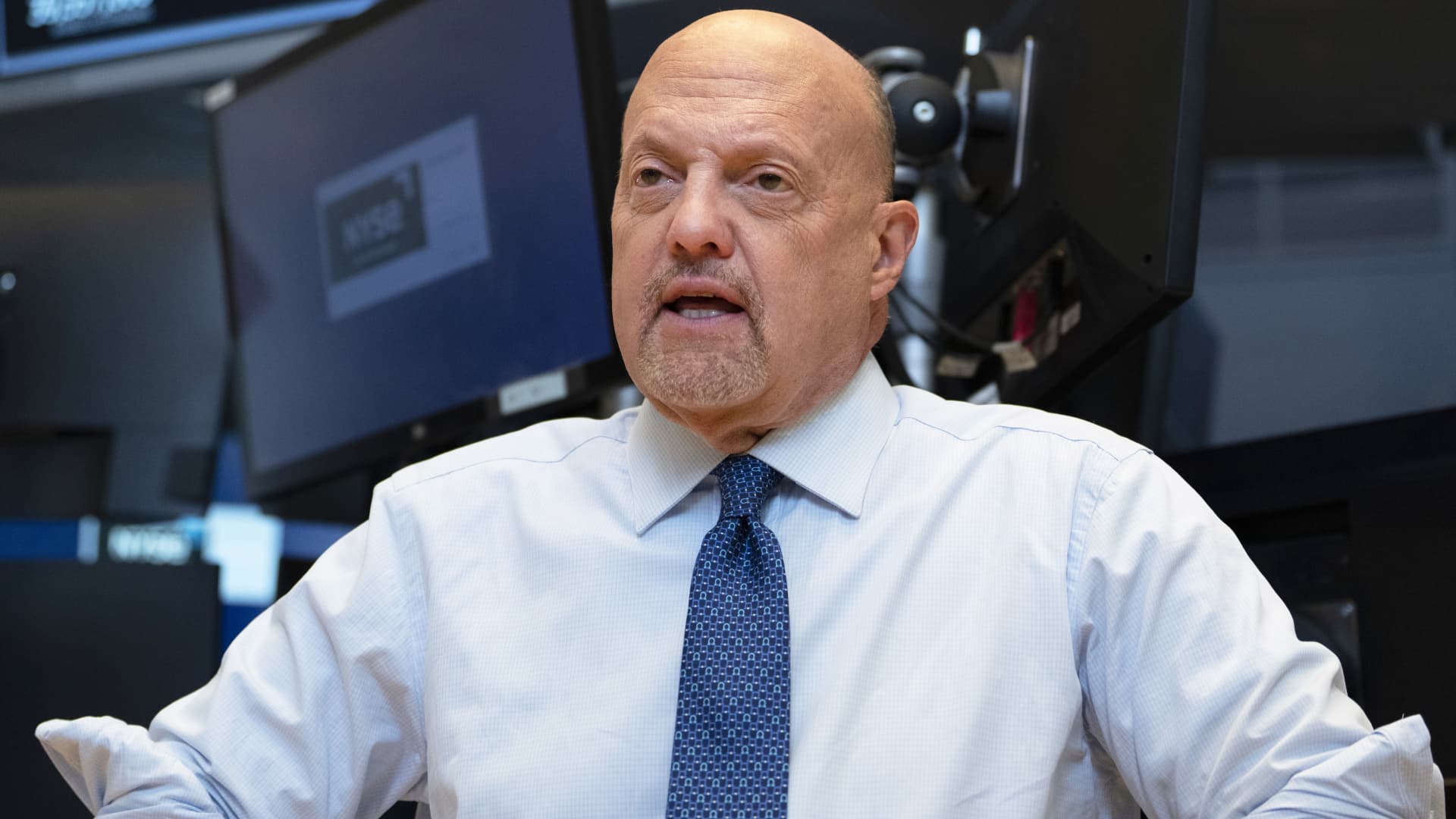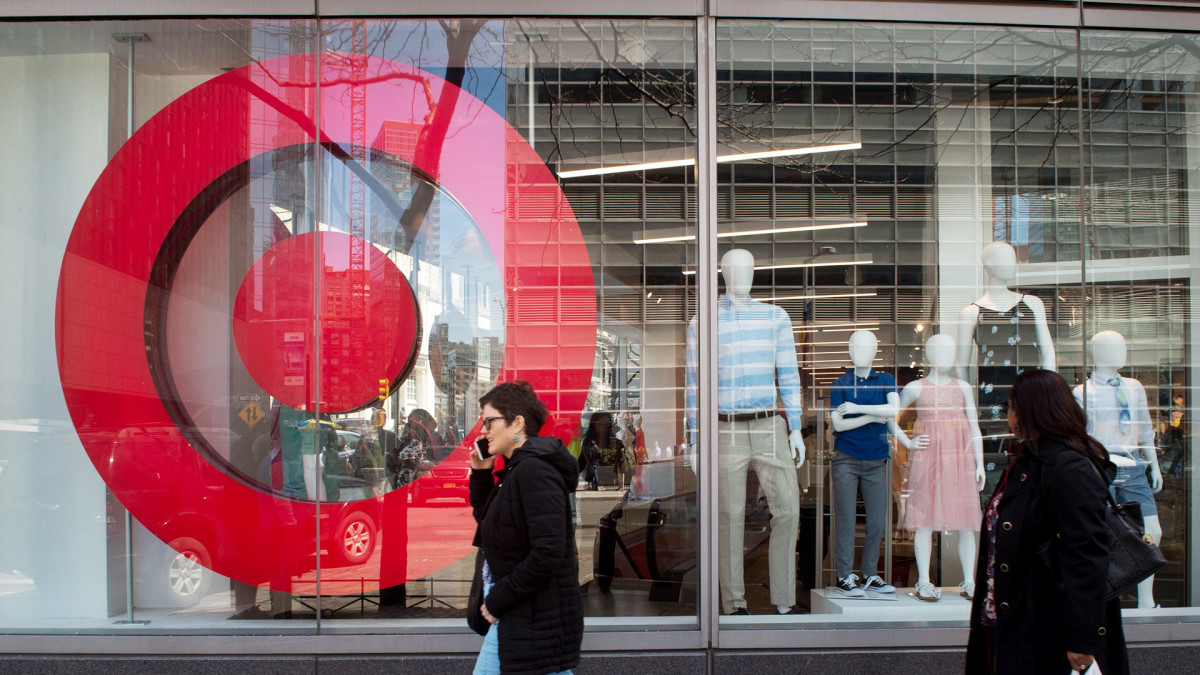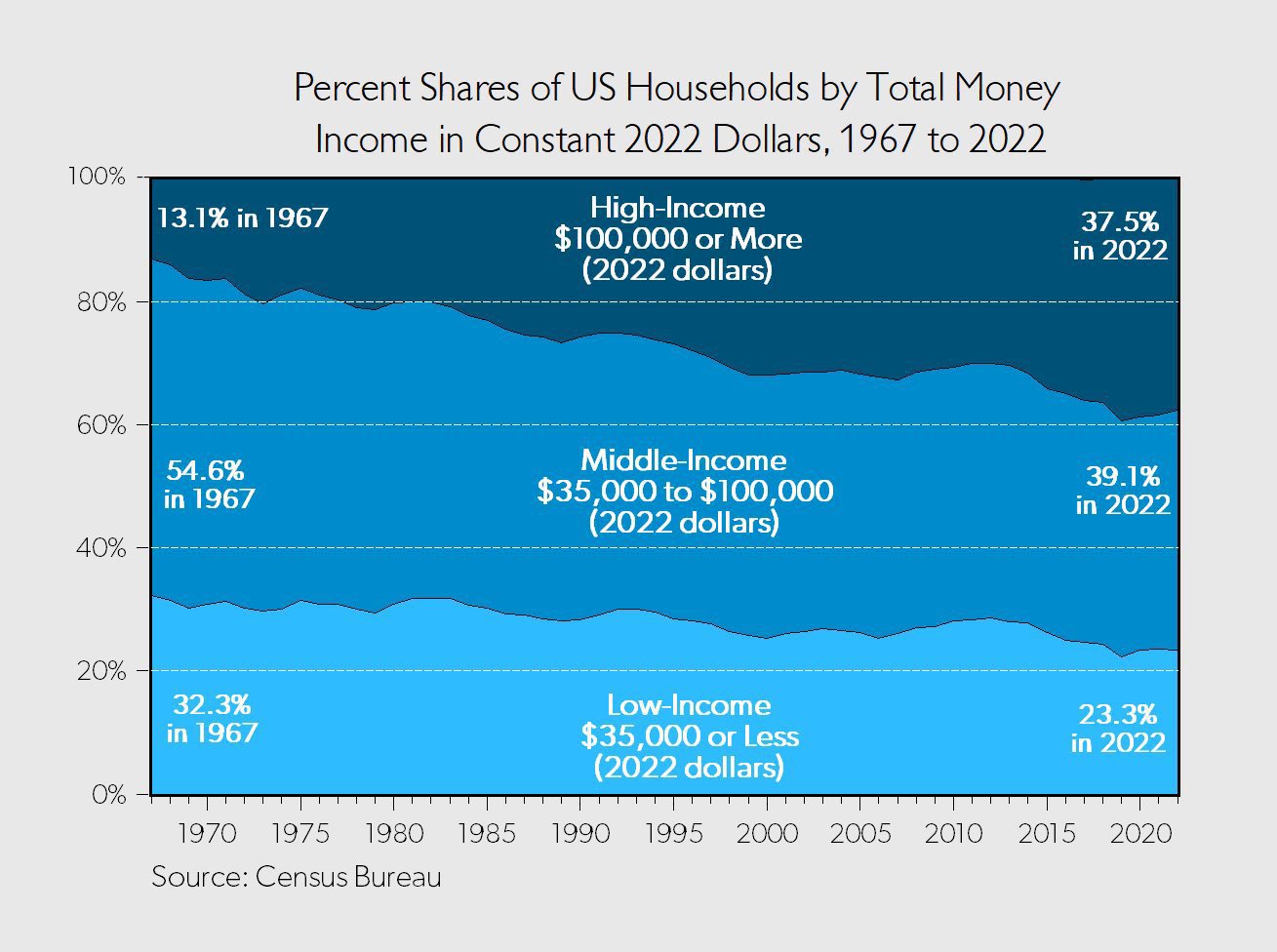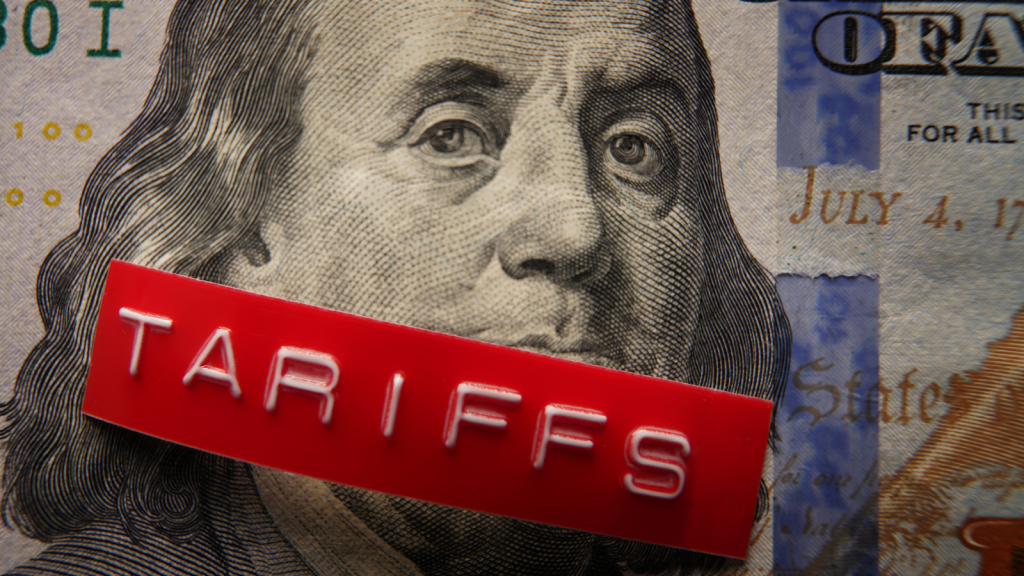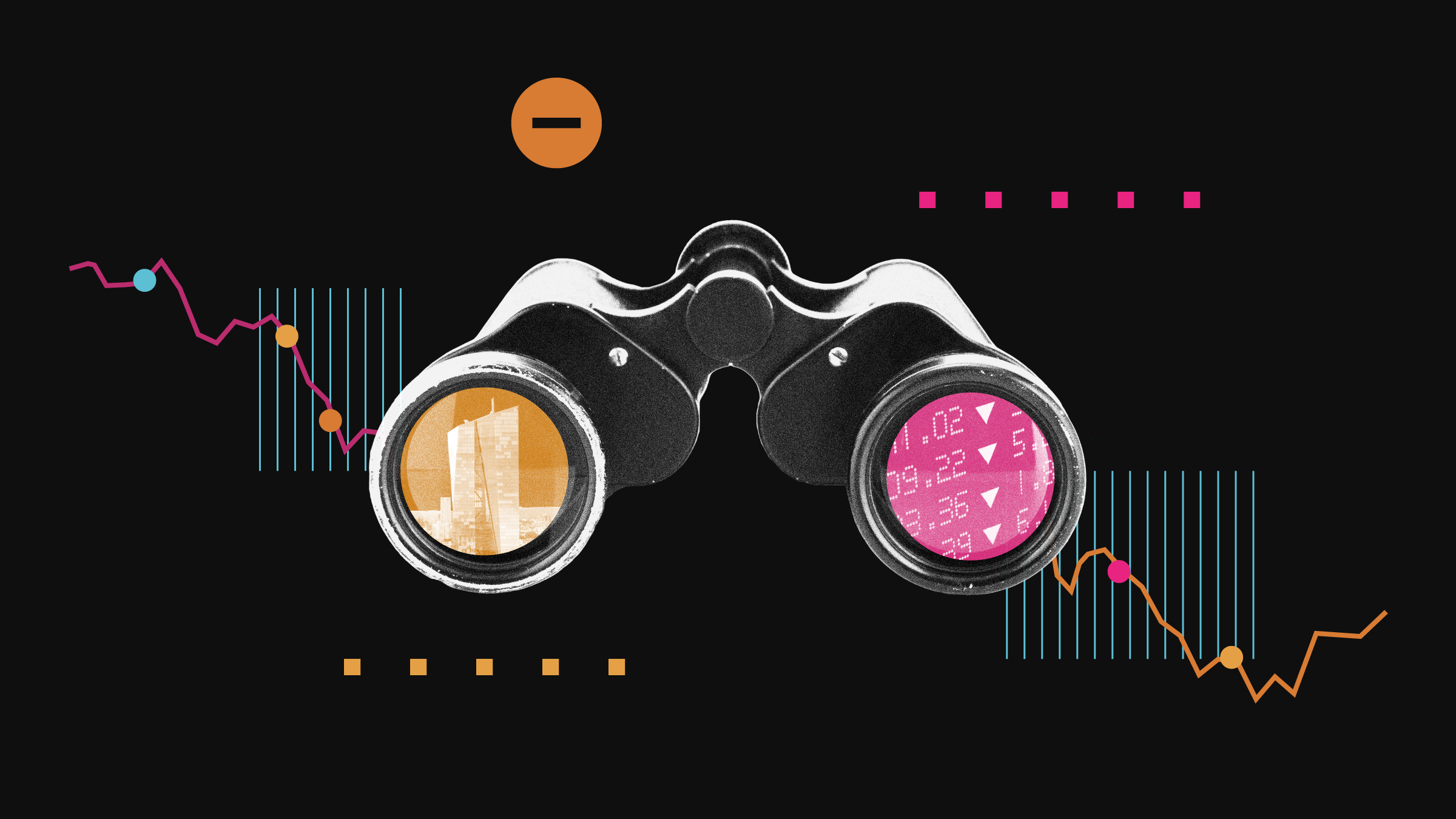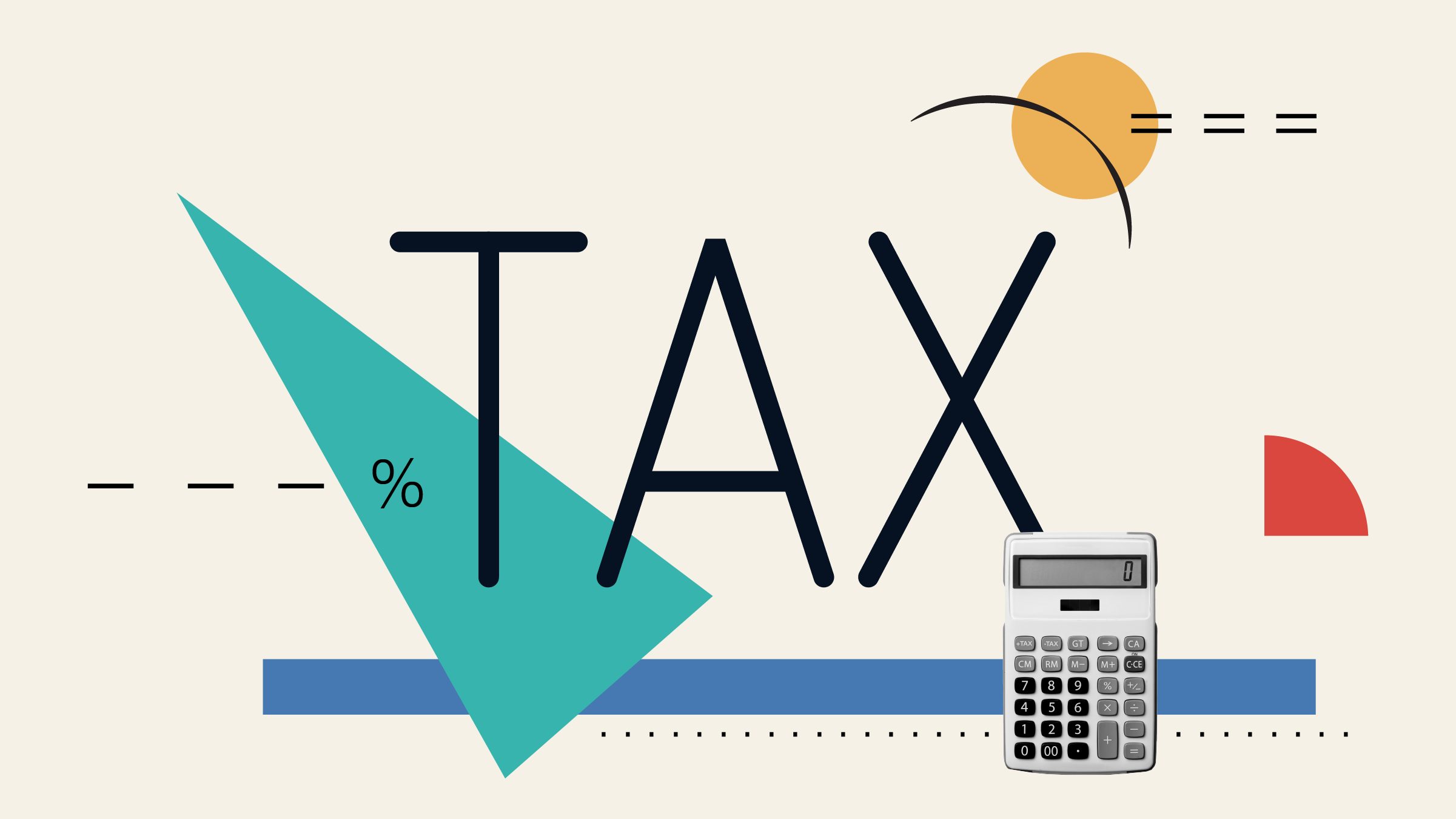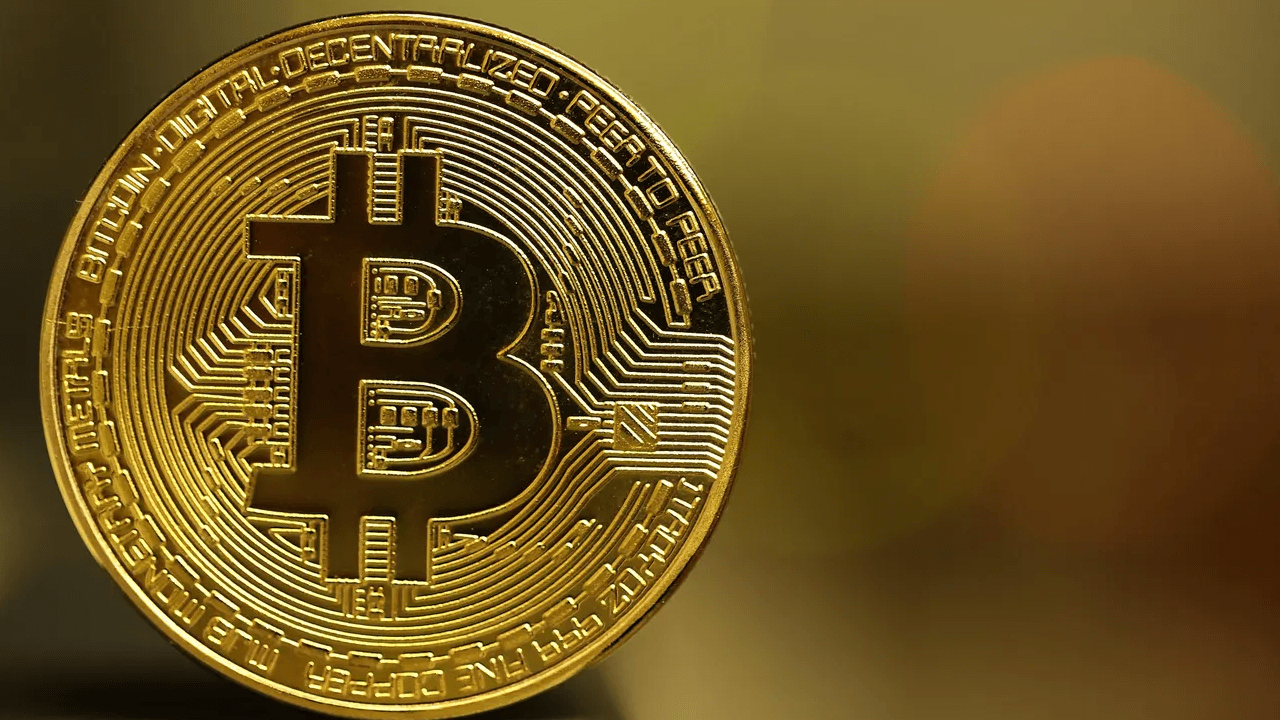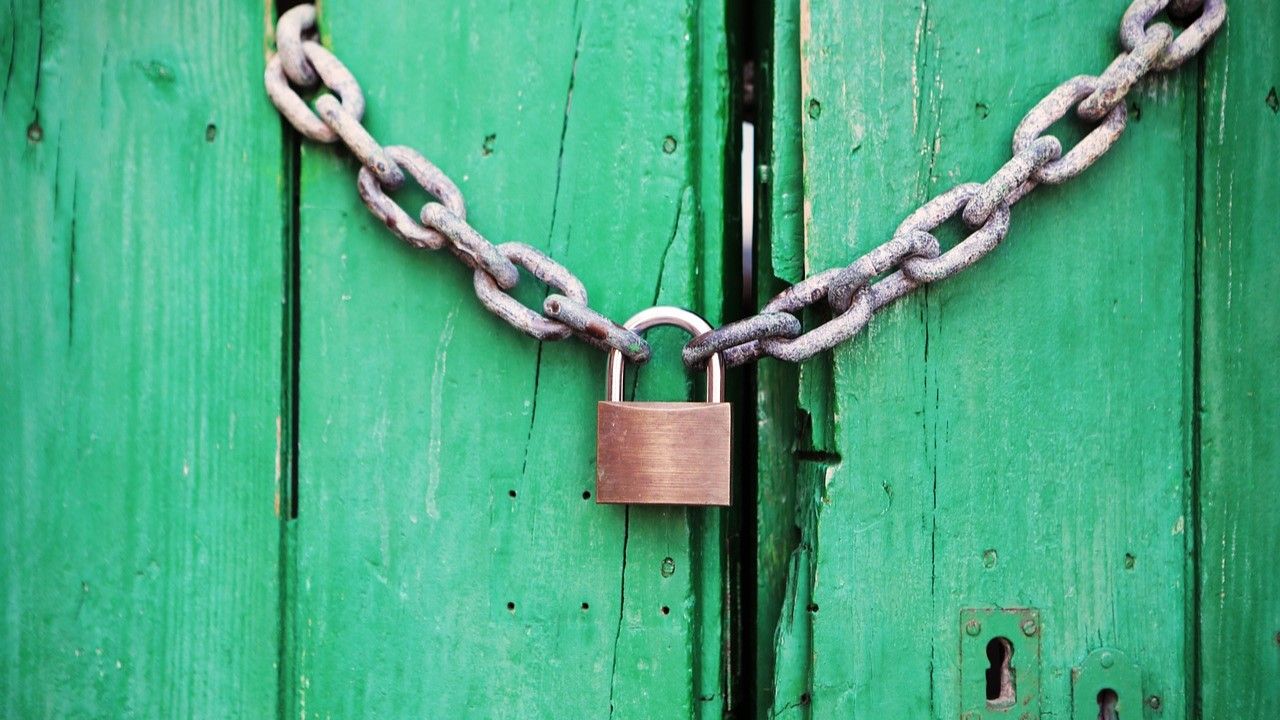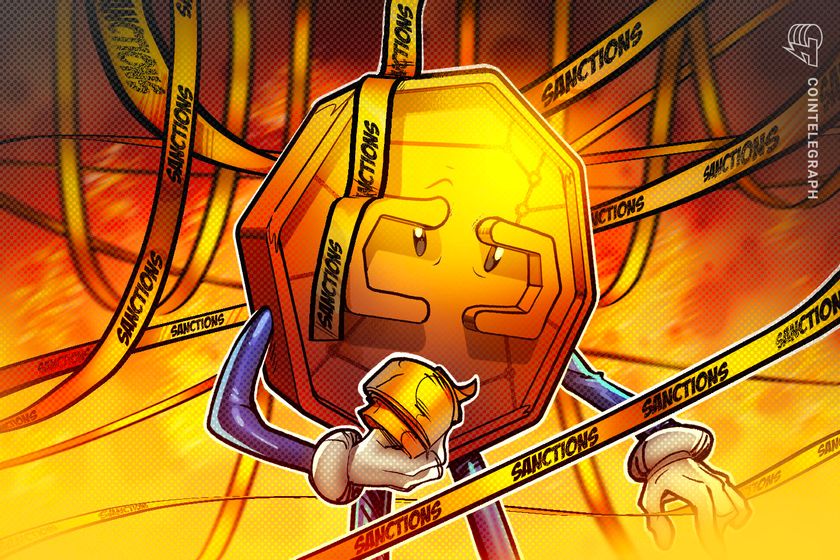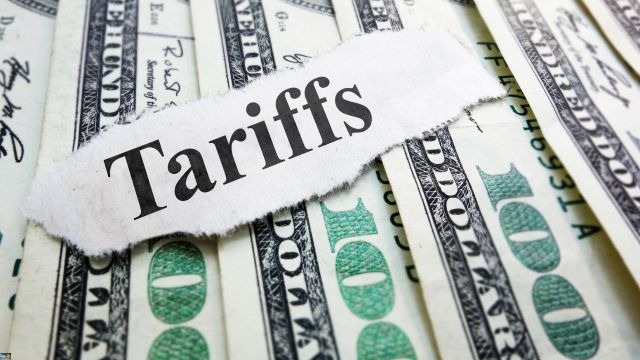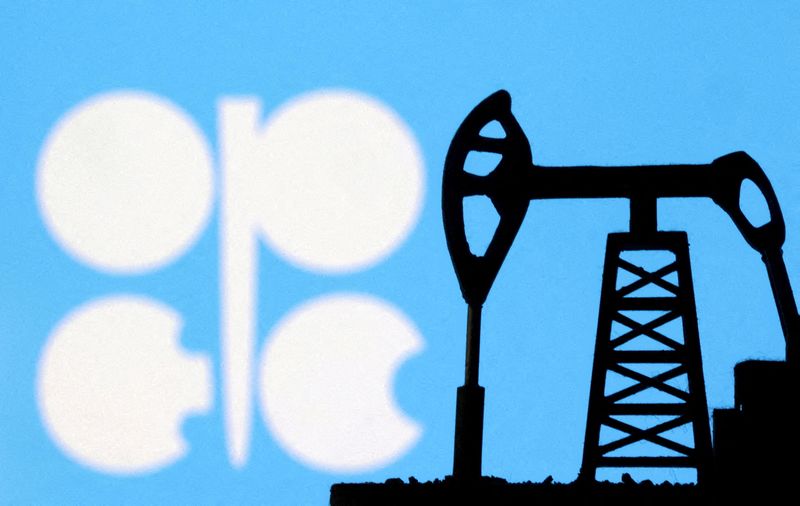2025 has seen an uptick in bad behavior at work—Here’s how leaders can handle the new unruly office
Civility starts at the top.

Every aspect of American life seems like a fight these days, so it’s no surprise that conflict is showing up more and more in the workplace.
U.S. employees are experiencing 21.5% more incivility in their everyday life since the beginning of 2024, according to new data from the Society of Human Resource Management (SHRM), which surveyed more than 1,500 U.S. workers to assess their experience and observations of incivility amid current shifts in the political landscape. Critically, employees at companies with a RTO mandate reported committing 63% more acts of workplace incivility on average, compared to those without a mandate, according to SHRM.
“This isn’t necessarily because workplaces are becoming less civil, but because face-to-face interactions create more opportunities for both respectful engagement and, unfortunately, interpersonal friction,” James Atkinson, vice president of thought leadership at SHRM, tells Fortune.
Instances of workplace incivility can be blatant, such as rude comments, public shaming, and emotional putdowns. They can also be more subtle, like gaslighting and interrupting. One contributing factor to the uptick in incidents is that employees have spent the last couple years isolated from their co-workers. That means when they’re forced back into the office, it can lead to awkwardness or misunderstandings. And while workplace rudeness can be difficult to define, the financial repercussions are not. Workplace incivility can cause about $2 billion per day in lost productivity, according to SHRM.
But there are three critical steps that senior leadership can take to avoid this devastating outcome. First and foremost, workplace leaders need to set clear behavioral expectations for employees. Secondly, they need to equip managers with the proper tools for de-escalation. Nearly three-quarters of workers agree that their managers could have done more to prevent incivility, according to the SHRM data.
And thirdly, Atkinson believes it’s necessary for HR leaders to ensure employees have accessible channels to report their concerns about workplace incivility. Left unfettered, he adds, incivility can spread among employees like a bad cold.
“To address this challenge, it's important for leaders to recognize proximity alone doesn’t guarantee collaboration—it requires intentional effort,” he says.
This story was originally featured on Fortune.com

























